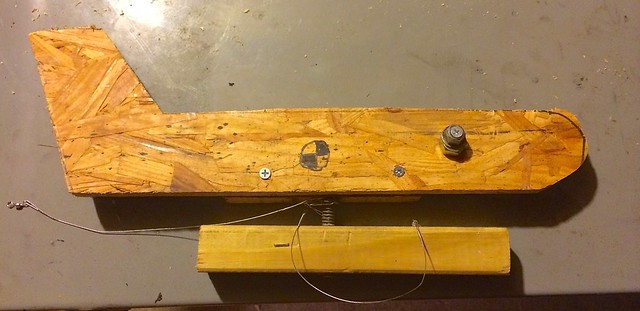FastEddieB
Touchdown! Greaser!
- Joined
- Oct 14, 2013
- Messages
- 11,421
- Location
- Lenoir City, TN/Mineral Bluff, GA
- Display Name
Display name:
Fast Eddie B
Right at liftoff there is a transitional period where the wind is working against the inertia of the plane to accelerate the plane to the x wind component. During that transition you would be weathervaning about the center of gravity.
I'm open to that, but I still doubt it. Could be convinced, though.
Good one for Mythbusters!
If only we had a treadmill!!!



